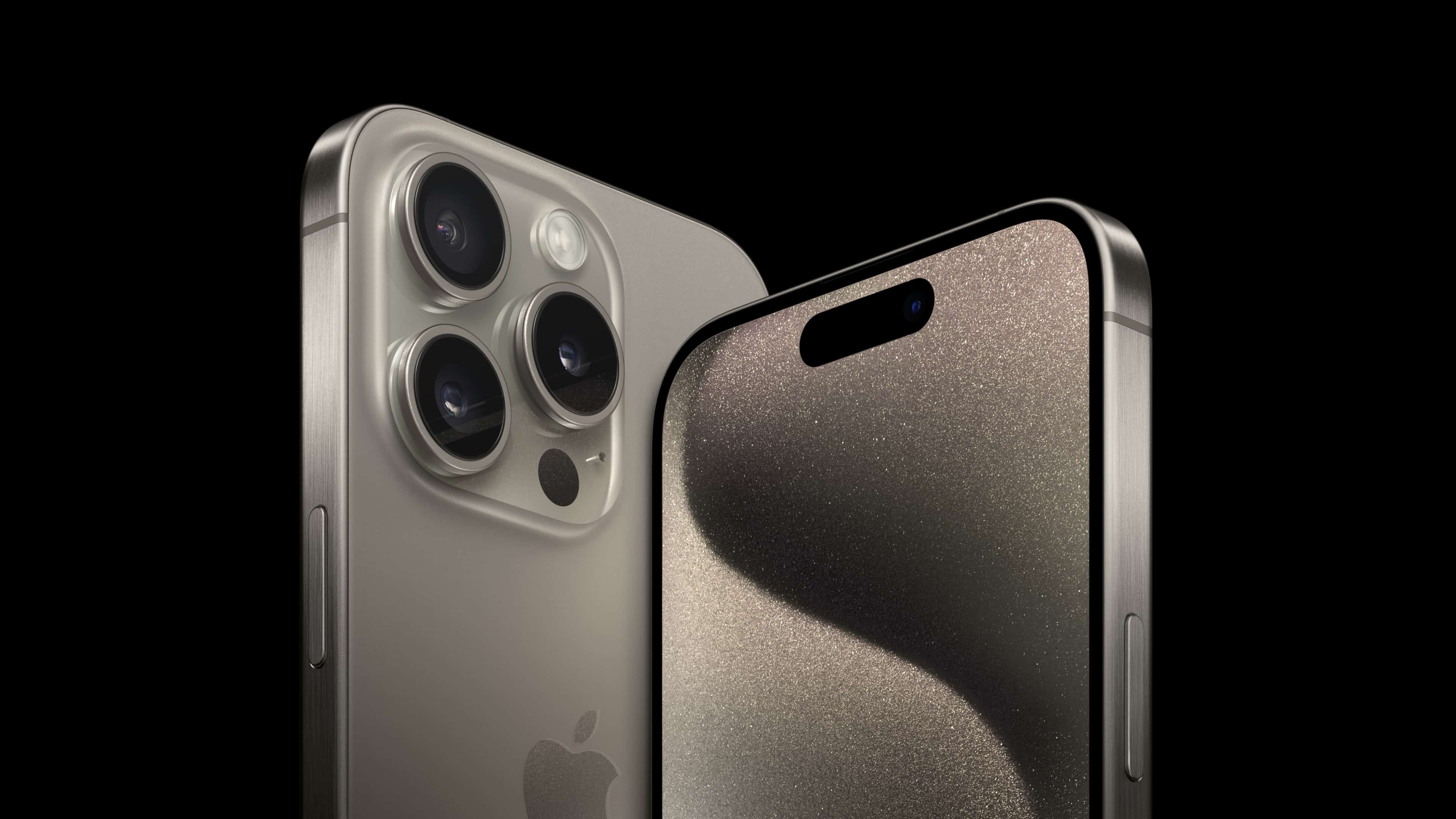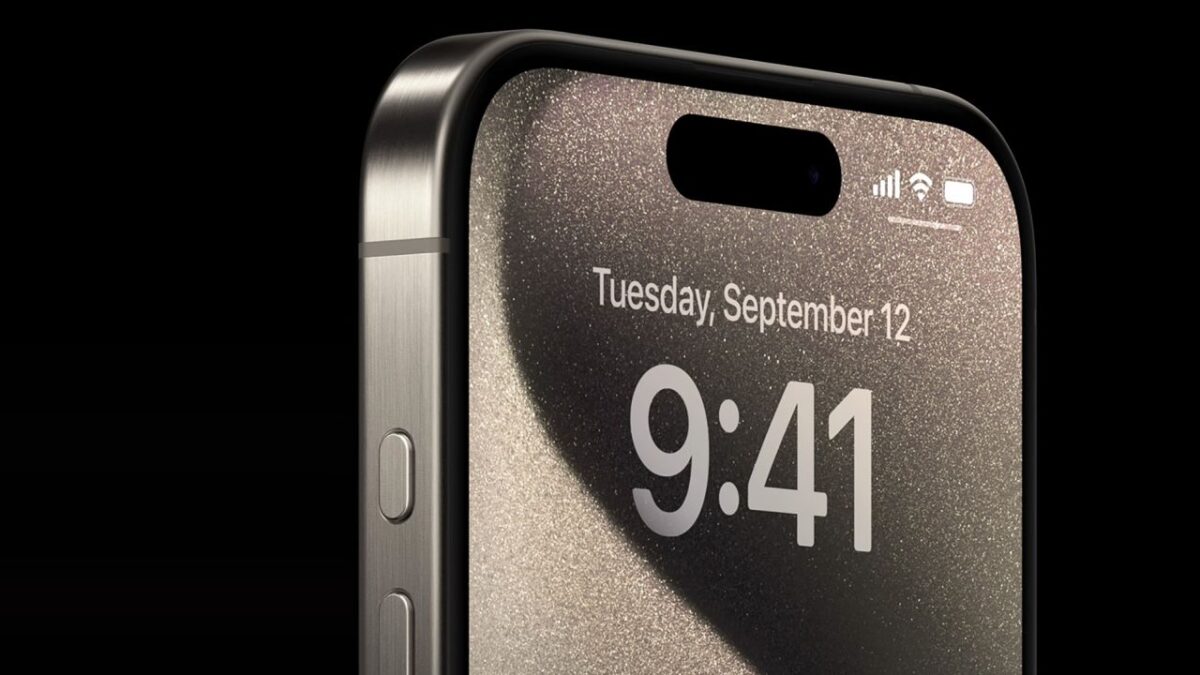As we inch closer to the launch of Apple’s iPhone 16 and iPhone 16 Pro, recent reports shed light on some exciting developments in display technology. The upcoming lineup is expected to feature ultra-thin bezels and advanced display enhancements, setting a new standard in smartphone design and user experience.

iPhone 16’s border reduction structure explained
One of the most talked-about features of the iPhone 16 series is its ultra-thin bezels, made possible by Apple’s innovative Border Reduction Structure (BRS) technology. This technology allows for a significant reduction in the bezel size, particularly at the bottom of the display, by rolling up the internal copper wiring into a more compact package.
The adoption of BRS across all four iPhone 16 models signifies Apple’s commitment to achieving a sleek and borderless design. Previous iterations, like the iPhone 15 Pro already showcased thin bezels, but the iPhone 16 series is going to take it a step further, providing users with a more immersive viewing experience.
The journey towards ultra-thin bezels hasn’t been without challenges. Heat dissipation and component placement are critical considerations when reducing bezel size. Apple’s continued focus on improving heat dissipation technologies has paved the way for advancements like BRS, ensuring optimal performance and user comfort.

Reports also suggest that the iPhone 16 Pro models will boast larger displays compared to their predecessors. The iPhone 16 Pro is rumored to feature a 6.3-inch panel, while the iPhone 16 Pro Max will offer a substantial 6.9-inch screen. These enhancements in display size come alongside efforts to minimize bezels, ensuring a more significant screen-to-body ratio and a compelling visual experience.
On the other hand, the standard iPhone 16 and iPhone 16 Plus models are expected to maintain their display sizes from the previous generation. This strategic differentiation allows Apple to cater to different user preferences while introducing cutting-edge technology across its lineup.
Additionally, rumors hint at future innovations such as under-display Face ID, indicating Apple’s long-term vision for seamless, bezel-free designs. While these features may not debut with the iPhone 16 series, they paint a picture of what we can expect from Apple in the future.
For consumers, the introduction of ultra-thin bezels and advanced display technologies in the iPhone 16 series translates to a more engaging multimedia experience. Whether watching videos, playing games, or browsing content, users can expect sharper visuals and enhanced immersion.
(via Sisa Journal)